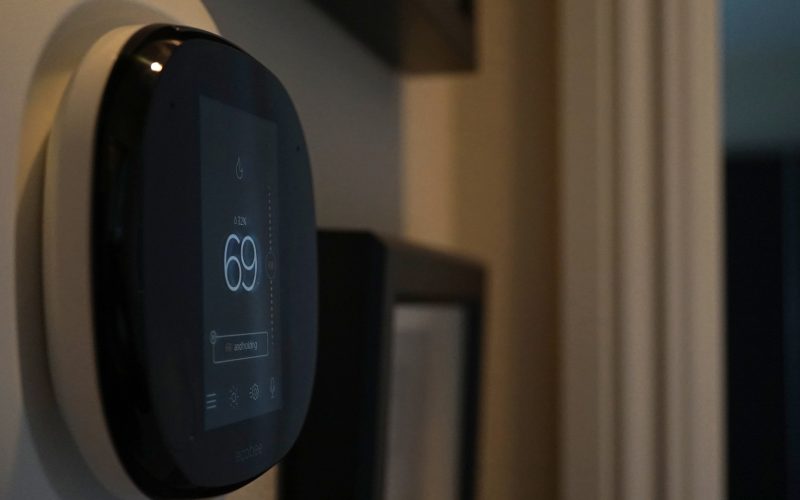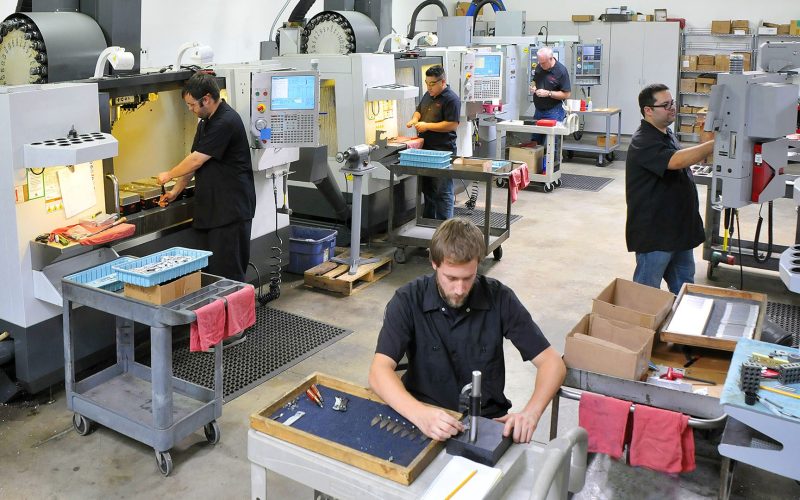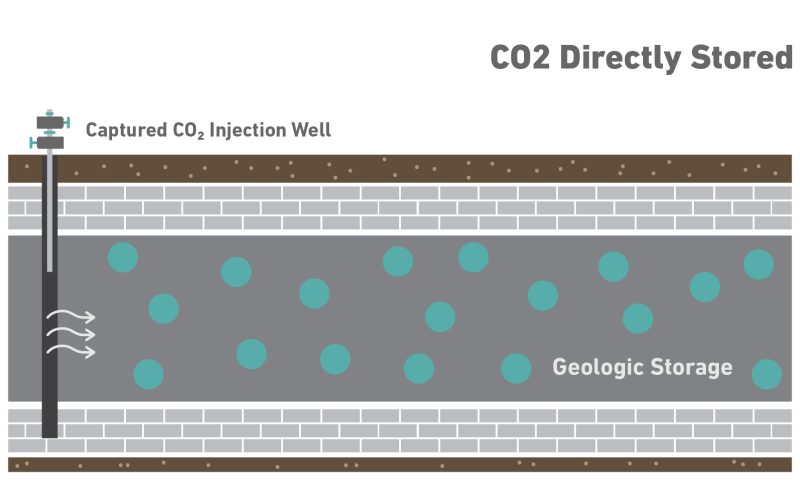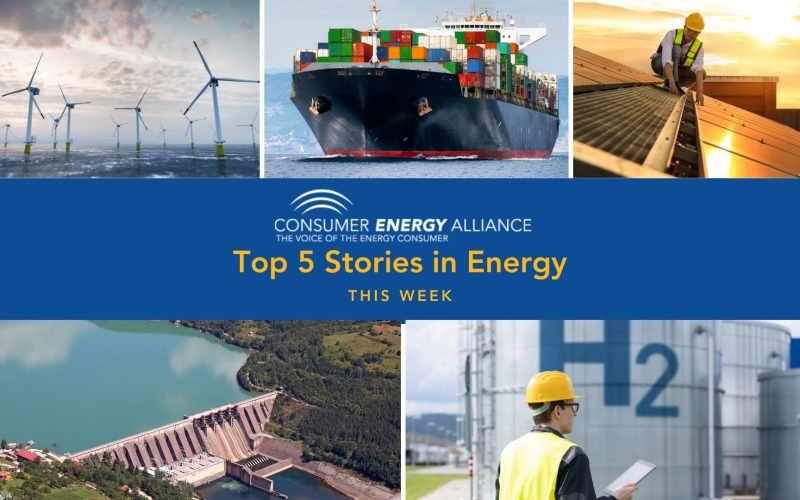THE VOICE FOR THE ENERGY CONSUMER

Coffee is one of people’s favorite pick-me-ups, and what better way to enjoy your cup of joe in the morning than by knowing that the coffee you are drinking is.

Harrisburg, PA – Consumer Energy Alliance (CEA), the leading energy and environmental advocate for families and businesses, today testified at a joint public hearing of the Pennsylvania Senate Environmental Resources.

As the temperatures outside drop, the price to heat your home could soar. The cost of natural gas is surging and it’s fueling sticker shock this winter. Failed regulatory policy.

As families are paying even more to fill-up at the gas station and home heating costs are expected to soar over 30 percent this winter, CEA’s Chris Ventura looks at.

In the most recent analyses, Wood Mackenzie, the International Energy Agency, and OPEC+ all gave their long-term growth projections for oil and gas development. Wood Mackenzie and the IEA both.

This week OPEC declared itself the big winner in the global energy transition and predicted the Middle East will ship 57% of the world’s crude exports by 2045. Meanwhile, U.S..

WASHINGTON – Consumer Energy Alliance (CEA), the leading voice for energy and environmental consumers, issued the following statement after the new Line 3 replacement pipeline went into operation today in.

CEA Mid-Atlantic’s Mike Butler was recently interviewed by CBS 21 about the rising cost of natural gas that Pennsylvanians will see on their utility bills. “The price of natural gas.

As another winter season approaches, CEA’s Mike Butler comments on how families and businesses that rely on natural gas will continue to face higher energy costs as a result of.

WASHINGTON – Consumer Energy Alliance (CEA), the leading voice for energy and environmental consumers, issued the following statement in response to the cancellation of the PennEast Pipeline: “The cancellation of.